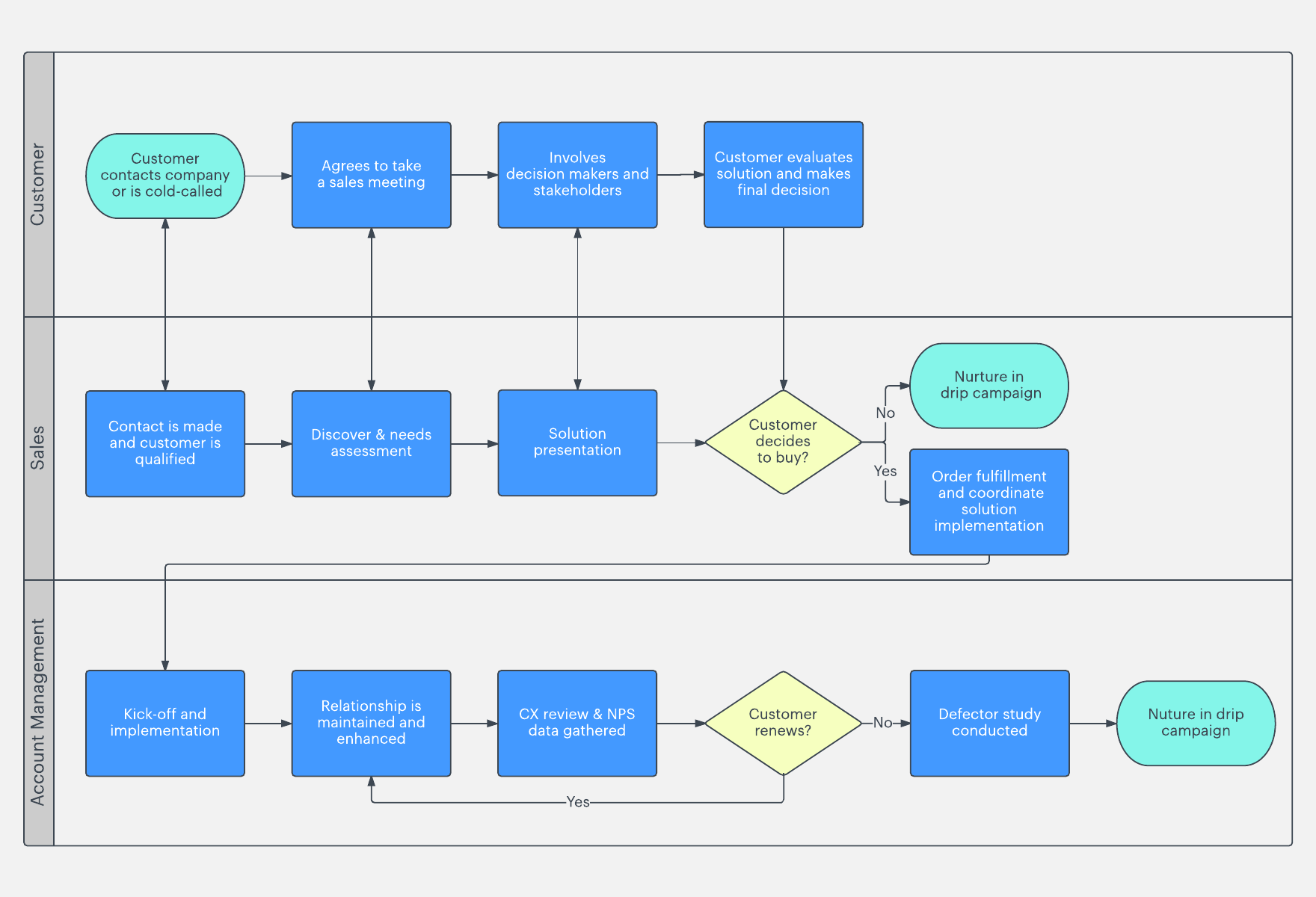
Project management requires a wide spectrum of skills, organizational abilities, and attention to detail to make sure everything moves forward according to plan. A good project manager is able to keep all the plates spinning in sync while making it appear effortless at the same time.
However, the more plates you have spinning at once, the harder this is to accomplish. Critical path method (CPM) is one of the tools project managers can use to create a comprehensive plan and organize complex projects with many moving parts.
In this Process Street post, I’ll take you through the CPM process step-by-step, and then show you how our templates and checklists can take some of the stress out of your project management.
Read on, or feel free to skip ahead:
- Project management 101
- What is critical path method?
- Steps to effectively (and easily) use the critical path method
- Project management with Process Street
Let’s jump in!
Continue Reading







 Workflows
Workflows Forms
Forms Data Sets
Data Sets Pages
Pages Process AI
Process AI Automations
Automations Analytics
Analytics Apps
Apps Integrations
Integrations
 Property management
Property management
 Human resources
Human resources
 Customer management
Customer management
 Information technology
Information technology












